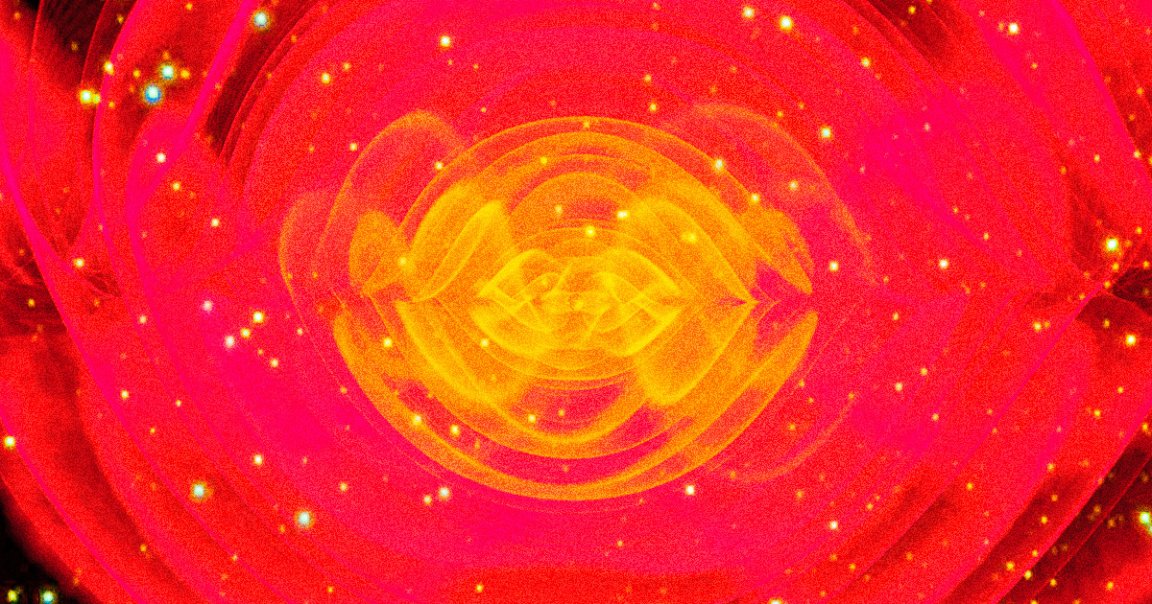
Gold Standard
As Space.com reports, the uber-powerful James Webb Space Telescope and its predecessor, the Hubble, have observed a super-long gamma-ray burst (GRB) that occurred when two dense neutron stars collided millions of years ago — and the result, as the telescopes’ instruments detected, was quite literally pure gold.
Neutron stars are the rare result of supernovas, or the explosions associated with dying stars, that don’t turn into black holes. Earlier this week, in fact, the JWST was used to detect the neutron star at the heart of a well-known supernova that scientists believed existed but couldn’t see until now.
Because these bodies are, essentially, small and dense balls of mass, it’s not surprising that something huge happens when they collide. With the power of these two magnificent telescopes, scientists from the University of Rome were able to spot the bright shine, known as a kilonova, of the heavy elements like silver and gold created in the dead stars’ turbulent merger.
“It was thrilling to study a kilonova as we had never seen before using the powerful eyes of Hubble and JWST,” Eleonora Troja, a University of Rome astrophysicist who helped with the discovery, told Space.com. “This is the first time we’ve been able to verify that metals heavier than iron and silver were freshly made in front of us.”
Flash-Bang Fusion
As the report explains, lengthier GRBs are generally associated with the death of a single star rather than the merger of two — but in the case of GRB 230307A, which was discovered by Italy’s Fermi mission in 2023 and is at 200 seconds the second-longest such energy bursts ever detected, this convention is being challenged.
The new research, published this week in the journal Nature, shows that when neutron stars exist in binary pairs, as did the two that merged in the case of this GRB and its associated kilonova, known as AT2017gfo, their collision appears to contribute not just iron and silver to the elemental building blocks of the universe, but also gold.
“Neutron star mergers could give rise to an ideal environment to extensively synthesize heavy elements, which is currently beyond artificial creation,” Yu-Han Yang, the University of Rome research team lead said. “Studying neutron star mergers helps us rewrite the obscure chapters of nucleosynthesis,” the scientific term for the formation of new atomic nuclei as it occurred in the first seconds after the Big Bang.
Like a cosmic magician’s trick, this flash-bang resulted in gold — and it may help scientists better understand how the Universe was formed, too.
More on neutron stars: James Webb Spots Something Lurking in Wreckage of Supernova